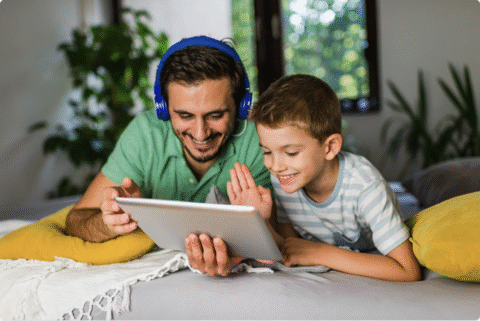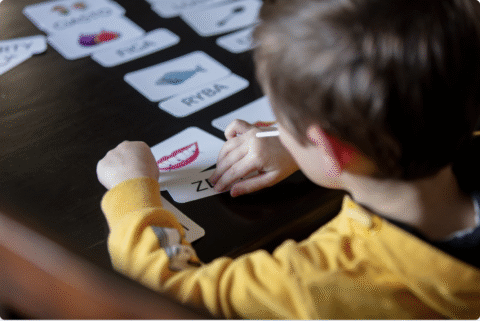Your
goal
is
our goal –
For your child to communicate in the most natural, independent, and effective way possible.
ABOUT US
We are a team of Speech-Language Pathologists (SLPs) and Board Certified Behavior Analysts (BCBAs) who share one mission — to redefine what’s possible for children who are non-speaking or minimally verbal.
We are committed to helping every child build a joyful, personally expressed life — one filled with genuine relationships, meaningful and effective interventions, and thoughtfully tailored technology.
Our clinical experience spans the fields of Speech-Language Pathology and Applied Behavior Analysis (ABA), allowing us to teach communication through evidence-based, behaviorally informed methods. As a transdisciplinary team, we work collaboratively across disciplines — combining expertise, perspectives, and strategies — to create cohesive, individualized treatment plans. Together with each child and family, we identify the behaviors and skills that increase quality of life and communication while reducing less productive or challenging behaviors.
Our Services
We Provide Three Distinct Services To Fit Your Family and Child's Unique Needs
Who can we help
We support children with complex communication needs with their families, and schools. A child may be a great fit for us if they are:
Non-speaking — a child who may produce sounds, vocalizations, or word approximations for a variety of reasons but is not yet able to communicate using clear spoken words. These children often benefit from AAC (Augmentative and Alternative Communication) to help express their wants, needs, thoughts, and personality while continuing to support the development of verbal speech whenever possible.
A vocal communicator with a severe articulation disorder or significantly unintelligible speech who would benefit from support improving articulation, clarity, and intelligibility — and who may benefit from AAC to bridge the gap between what they can say now and what they want to say, with the ultimate goal of developing clear, functional spoken communication whenever possible.
At our clinic, we strategically teach vocal sound production and syllable shapes alongside expressive vocabulary and language using AAC, so articulation, speech clarity, and communication skills grow together as part of one unified learning process.
An emerging communicator, typically age three or older, with very limited vocal single-word utterances (around 20 or fewer), who may benefit from AAC as a teaching tool to systematically introduce vocabulary and increase expressive communication — without the pressure of vocal speech, but always with the long-term goal of developing verbal communication.
A vocal communicator who uses scripts or short, echolalic phrases that are meaningful to them but used out of context or in non-functional ways. These children benefit from a blend of phrase modeling, visual supports, and AAC-based vocabulary teaching, with a systematic plan to fade AAC as functional and flexible verbal communication emerges.








